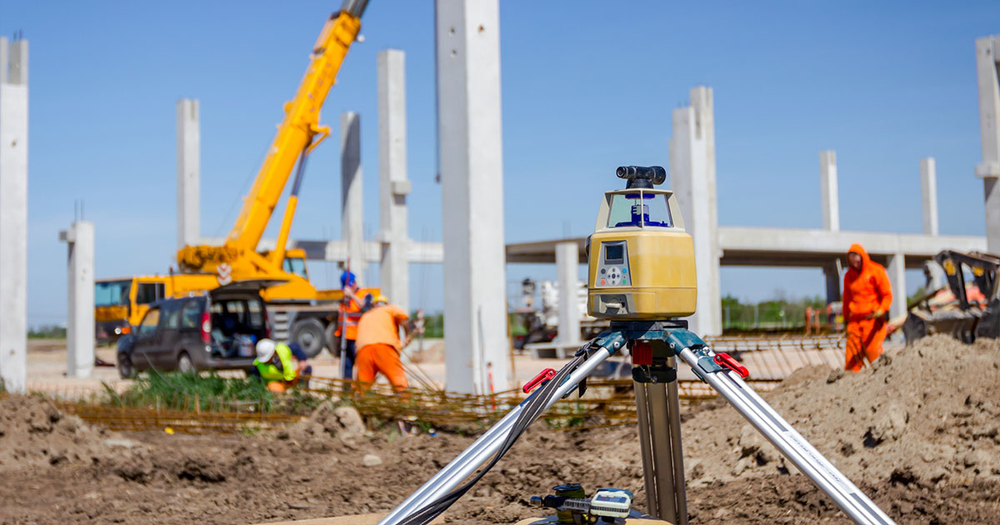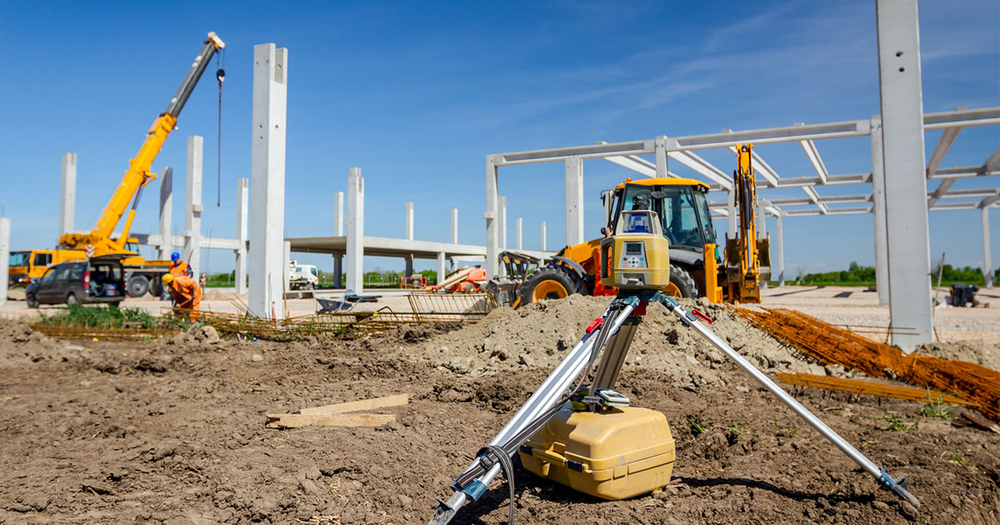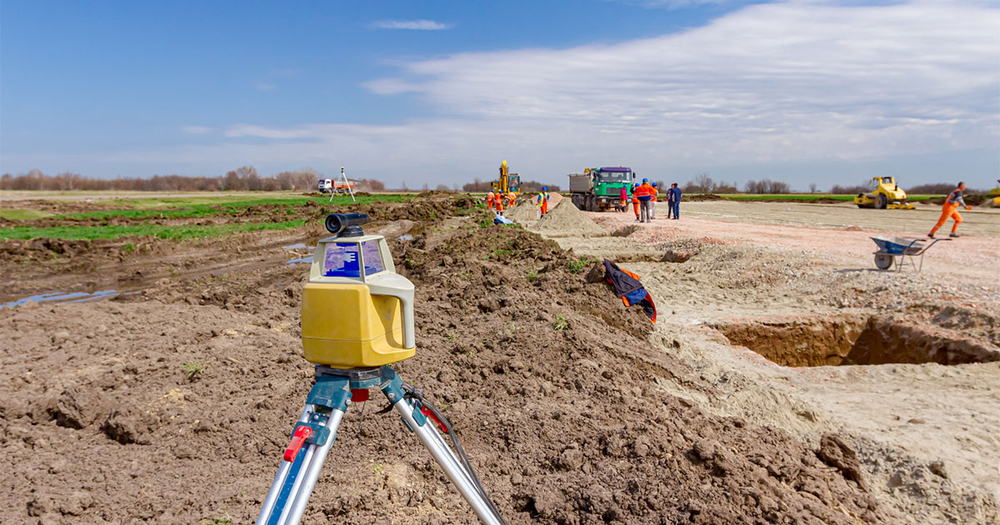
Whether you are installing drop ceilings and doors, hanging pictures, or laying out stair rails, self-leveling lasers levels can get the job done. They are meant for a variety of outdoor and indoor applications. If you are in the market for an easy-to-use and convenient laser level, these units can help make any construction or land surveying project accurate and fast.
Self-leveling, also known as automatic lasers, offer an unparalleled level of precision for construction and land surveying professionals. These units automatically find and keep a level within your desired range. As a construction professional, you can also disable the automatic leveling function for different manual tasks. These units can provide an accurate level on a wall or various other surfaces on the work site.
A manual leveling laser requires an operator to manually level the tool. By manipulating the device's thumbscrews, you can get it leveled through looking at the bubble vials. Manual levels can provide just as precise a level as automatic laser levels if set-up correctly.
For a more convenient method of leveling, automatic laser levels find a level on their own. Many levels require an initial pre-adjustment by the operator and will level themselves automatically afterward. In many cases, automatic levels can continue to maintain the level if knocked, dropped, or other laser calibration changes. In addition, they may turn themselves off if they get outside the specified range.
Automatic leveling capabilities are possible using 3 main modes of action: wire suspended compensators, pendulum mechanisms using a gimbal, and electronic leveling.

As a construction professional, you have a wide variety of laser levels to choose from with different features. Each laser level model varies in quality, price, accuracy, and function. Make sure to consider a variety of factors in your laser level tool to save yourselves time and money in the long run.
How precise is your level? In the field of construction, accuracy is everything. Reducing the risk of human error is a must.consider your project type. Some laser levels may be great for home DIY activities, but may not be able to handle the demands of a construction site. Some levels can be as precise as 1/16 of an inch at hundreds of feet away.
When investing in these units, consider the type and color of laser you want and whether you want one-beam or a dual beam. The choice is between a green or red laser. Ideally, you want a laser level with a green beam since they are brighter and easier to see at the work site. These are mainly used for big indoor leveling jobs where the line needs to be visible.
Dual beam lasers, also known as split beam lasers, produce horizontal and vertical beams to establish a plumb and level laser line for both directions, although not always at the same time. The horizontal beam provides an automatic level for cabinets, windows, and floors. The vertical beam laser level works as a self leveling cross-line laser, plumb bob, or 3-point laser for walls, fixture alignment, and doors.
Do you need a level for outdoor and indoor application or mainly just one environment? Depending on where your work takes you, you will need to use a specific type of laser to give you the best accuracy, visibility, and stability.
Self-leveling technology is available in a variety of different laser levels. Each level is better suited for a specific job and includes different features. Take the time to consider each product based on your day-to-day tasks.
For outdoor work, an automatic rotary laser can provide a level line at a greater distance although the line from a rotary level laser is harder to see. Indoors, a line and dot laser can provide a clean and brighter laser level line. In addition, you have pipe lasers used for pipes and plumbing while grade lasers can help perform instant grade and slope measurements.
Pipe lasers, also known as utility construction lasers, can be used in the construction of tunnels and underground pipes. A level pipe underground keeps a consistent flow of liquid without clogs. Pipe lasers can measure and identify the right grade for pipes.
Recommendations:
Rotary laser levels can produce a level line a complete 360-degrees around the room. This “chalk line” can help you make tiling, leveling floors, and aligning fixtures a breeze. Mount it on a tripod to get a rotary 360-degree beam that can be easily visible for indoor or outdoor applications. If working outdoors, you will need a laser detector to make the rotary laser beam’s laser more visible.
Grade lasers, also known as slope lasers, can provide a precise grade and are essentially self-leveling rotary laser levels. Choose from a single slope laser that can project a slope in one axis or a dual slope laser that can provide two slopes on separate axes at once. Like a rotary laser level, grade lasers have a 360-degree laser beam.
Recommendations:

Self-leveling lasers are a part of a complete electronic measuring system. Various tools complement the lasers function to help you keep things level wherever you go. Complete your self leveling system with these critical work tools, each with their unique features to complement your unit:
Baseline Equipment is your one-stop-shop for your land surveying and construction needs. Explore a variety of professional and quality leveling products made for the toughest jobs. Make measuring easy and fast with laser levels. Contact us for more information about our digital laser systems and construction tools.